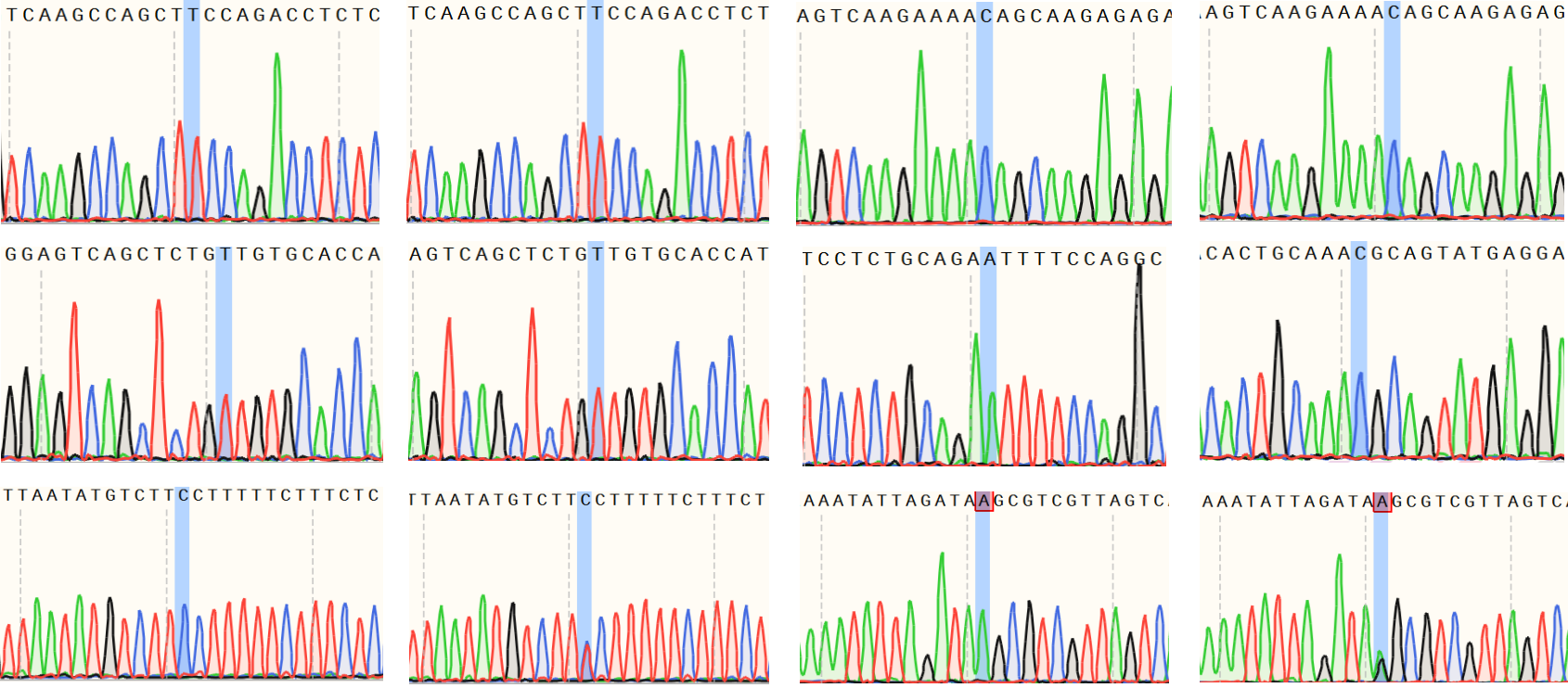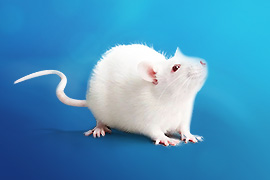Breeding and genetic quality control of experimental animals
Experimental animals are essential resources for scientific research and product quality inspection, playing an important role in promoting and supporting technological innovation in the life sciences and pharmaceutical industries. Experimental animals are a special group of animals whose genetic quality can be controlled, and the quality of their genetics directly affects the reliability and accuracy of experimental results. Regular genetic testing and analysis not only have guiding significance for animal selection, breeding, and the preservation, development, and utilization of breed resources, but also ensure the homogeneity of individuals in inbred animal populations and the heterozygosity and genetic integrity of closed population animals. Genetic quality monitoring is one of the important contents of quality control for experimental animals, and it is an important means to discover genetic variation in experimental animals and ensure that animal quality meets requirements. The genetic quality monitoring of experimental animals is to evaluate whether inbred animals conform to the genetic background through scientific methods and to conduct population genetics analysis of closed population animals, to ensure the inherent genetic com and biological characteristics of breed or population animals.
In order to ensure the genetic quality of Spf rats and mice produced and sold by Spf Biotechnology Co., Ltd., a rapid, non-invasive, high-throughput, and accurate SNP-d genetic quality evaluation technology method was established d on the Chinese standard "GB14923-2010 Genetic Quality Control of Mammalian Experimental Animals" and combined with domestic and foreign literature and independent research and development. On this basis, five enterprise standards for Spf rat and mouse breeding and genetic quality control were established: "Q/BZ2021-0001 Inbred Mouse Breeding and Genetic Quality Control"; "Q/BZ2021-0002 Closed Population ICR Mouse Breeding and Genetic Quality Control"; "Q/BZ2022-0001 Closed Population KM Mouse Breeding and Genetic Quality Control"; "Q/BZ2022-0002 Inbred Rat Breeding and Genetic Quality Control"; and "Q/BZ2022-0003 Closed Population Rat Breeding and Genetic Quality Control".

Breeding of experimental animals
The enterprise standards "Q/BZ2021-0001 Breeding and Genetic Quality Control of Inbred Mice" and "Q/BZ2022-0002 Breeding and Genetic Quality Control of Inbred Rats" clearly stipulate that the breeding of inbred animals is divided into foundation stock, pedigree expansion stock, and production stock, and their breeding methods strictly follow the standard of "GB14923-2010 Genetic Quality Control of Mammalian Experimental Animals" using the "traffic light" breeding system.
Closed colony enterprise standards stipulate that in order to maintain the stability of the genetic genes of the closed colony, the closed colony should be large enough and avoid inbreeding as much as possible. According to the size of the closed colony, the best method of avoiding inbreeding, random mating, or cyclic mating should be selected for breeding.

Genetic testing of experimental animals
According to the enterprise standards, SNP testing is conducted annually on the strains bred in each production unit of the company, and genetic testing is performed before breeding and introducing new animals to determine the genetic quality of animal breeding and introduced animals. According to the standards of each enterprise, tail samples are taken from each individual or population introduced, and DNA extraction, PCR amplification, Sanger sequencing, and population genetics analysis are performed.

Analysis of Sanger sequencing results.
|
Locus. |
Chromosomal location. |
Number of alleles |
Effective number of alleles |
Shannon-Wiener index |
Observed heterozygosity |
Expected heterozygosity |
Average heterozygosity |
P-value for Hardy-Weinberg equilibrium |
|
T-1 |
1 |
2 |
1.6653 |
0.589 |
0.4828 |
0.4065 |
0.3995 |
P>0.05 |
|
T-2 |
13 |
2 |
1.312 |
0.4012 |
0.2759 |
0.242 |
0.2378 |
P>0.05 |
|
T-3 |
2 |
2 |
1.8672 |
0.6572 |
0.6667 |
0.4723 |
0.4644 |
P>0.05 |
|
T-4 |
8 |
2 |
1.957 |
0.6821 |
0.4815 |
0.4983 |
0.489 |
P>0.05 |
|
T-5 |
11 |
2 |
1.763 |
0.6243 |
0.3667 |
0.4401 |
0.4328 |
P>0.05 |
|
T-6 |
13 |
2 |
1.9802 |
0.6881 |
0.3 |
0.5034 |
0.495 |
P>0.05 |
|
T-7 |
16 |
2 |
1.763 |
0.6243 |
0.4333 |
0.4401 |
0.4328 |
P>0.05 |
|
T-8 |
19 |
2 |
1.4438 |
0.4857 |
0.3103 |
0.3128 |
0.3074 |
P>0.05 |
|
Mean |
|
|
1.5074 |
0.4515 |
0.4146 |
0.4144 |
0.4073 |
|
|
2021 Genetic analysis results of KM mouse population |
-
 Wistar RatDeveloped by the Wistar Institute in the United States in 1907. In 2019, SpePharm (Beijing) Biotechnology Co., Ltd. introduced breeding from the National Rodent Laboratory Animal Seed Center.More
Wistar RatDeveloped by the Wistar Institute in the United States in 1907. In 2019, SpePharm (Beijing) Biotechnology Co., Ltd. introduced breeding from the National Rodent Laboratory Animal Seed Center.More -
 ICR miceIn 1926, the Rockfeller Institute of the United States introduced albino mouse from Switzerland to breed Swiss mouse; in 1948, it was introduced by the Philadelphia Cancer Institute and bred Ha/ICR. In 1973, it was introduced into China and in 2011, SPF (Beijing) Biotechnology Co., Ltd. introduced it from the National Rodent Experimental Animal Seed Center and bred it.More
ICR miceIn 1926, the Rockfeller Institute of the United States introduced albino mouse from Switzerland to breed Swiss mouse; in 1948, it was introduced by the Philadelphia Cancer Institute and bred Ha/ICR. In 1973, it was introduced into China and in 2011, SPF (Beijing) Biotechnology Co., Ltd. introduced it from the National Rodent Experimental Animal Seed Center and bred it.More








